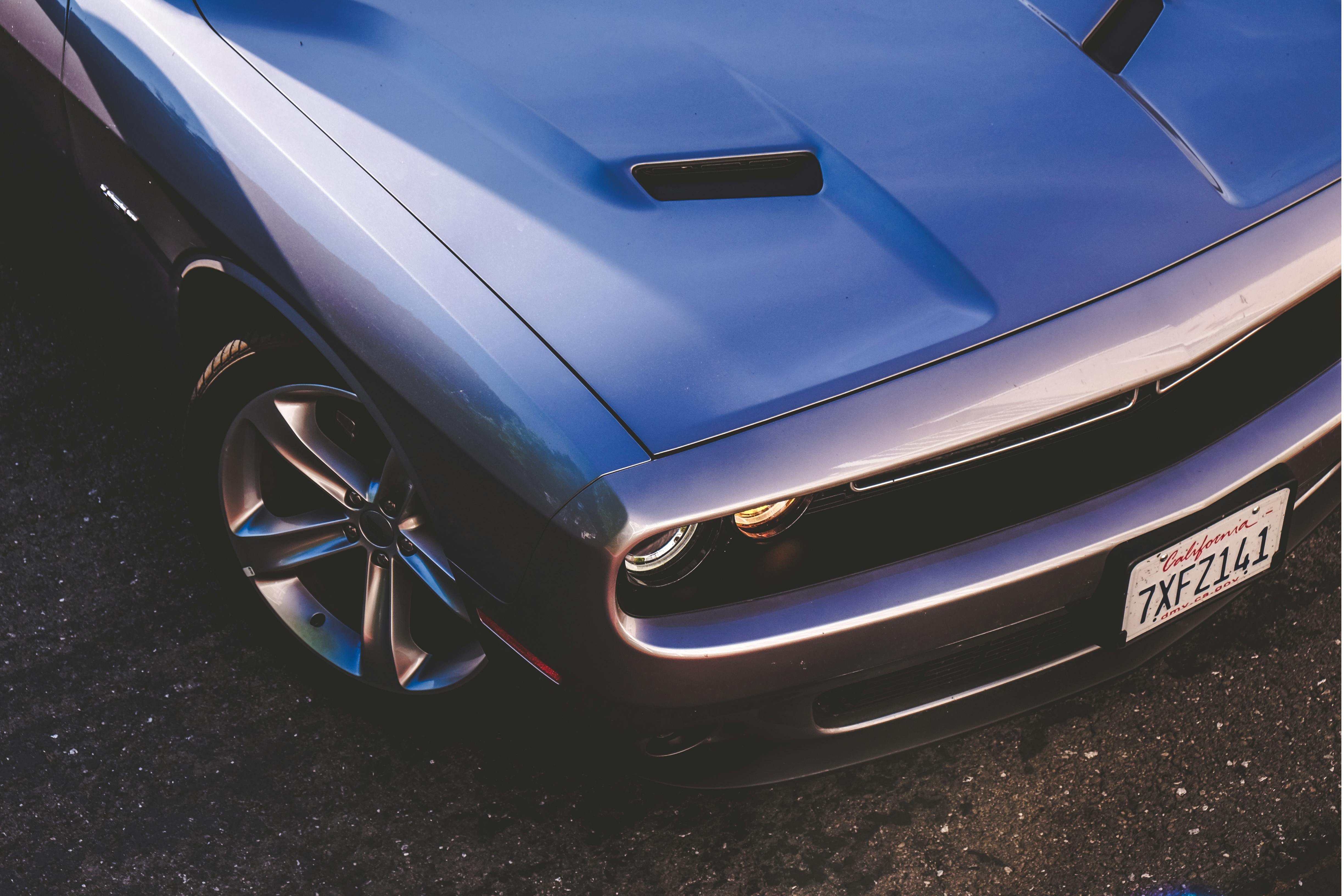You’ve heard of some nearby bike trails and now you’re dreaming of an off-road adventure. So what kind of bike do you need? If you’re just starting out, it’s best to start small and work your way up, both in a bike investment and in the level of terrain you want to ride your bike on.
Start with a budget. There’s no point in buying a top-of-the-line MTB (Mountain Bike), only to realize you don’t have the time or aren’t as interested in riding an off-road bike as you thought. Talk to a sales clerk at a local bike shop and test drive a few models to get a feel for riding. Department stores sell cheap bikes, but remember that you get what you pay for and you won’t get the after-sales service that a local bike shop will provide. Also, check your community newspaper for used bikes.
No matter what the price, all mountain bikes have the following basic features. The difference between a $200 bike and one that sells for $3,000 is the components, materials, and add-ons, which we’ll illustrate:
framework
A basic frame will be made up of hollow pieces of aluminum or steel welded together. Perfectly round metal is equally strong on all sides, however higher end bikes will be more oval, taller than they are wide. This is because most of the stress on a bike is up and down, not side to side. As the price increases, the frame could be made from a combination of aluminum and carbon fiber, a lighter, stronger material that allows the manufacturer to build a frame in any shape.
Brakes
Most bikes use cantilever or “v” brakes. The levers on the handlebars pull on a cable. The cable is attached to a set of clamps with brake pads. The clamps pull on the rim of the bike wheel and stop it. For best performance, the cables must be properly aligned and the tires must be straight and free of dirt or water, which is often impossible in muddy terrain. The pads need to be replaced frequently and the tires will wear out. However, they are a popular and reliable system.
One step up are disc brakes, which work just like the ones on your car. Introduced in the late 1990s, they use a hydraulic system to squeeze the brake pads onto a disc located on the inside of the wheel. Performance is not affected by dirt or water, they are much more reliable and last longer than V-brakes. However, in addition to the higher cost and complexity, they are also heavier.
Gears and derailleurs
The gears are used so that the rider can move at a constant pace regardless of terrain or incline. A bicycle with one gear is said to have a gear ratio of 1:1 (every time you pedal one revolution, the rear wheel will also turn one revolution). increase the speed of the rear tire when you pedal. A comfortable gear ratio on a level road is about 6.5:1. However, when going uphill, getting the rear wheel to go that fast is impossible, so I’d downshift to a 1:1 ratio. Shift gears before you need to, as you need the chain to move smoothly to shift.
A derailleur is a device for changing gears, controlled by gear levers attached to the handlebars. A cable moves a spring, which pushes the chain towards another sprocket (the rear wheel sprockets and between the pedals).
Suspension
The suspension provides rider comfort, absorbing bumps and potholes similar to that of a vehicle. Styles range from no suspension (hardtail) to full suspension (front and rear). While suspension systems add weight to the bike, the trade-off is increased comfort and enjoyment. Many budget and entry-level mountain bikes now come with full suspension, although hardtails are definitely less expensive. Higher-end suspension systems will offer more shock absorption and durability with less weight.
These features will help you decide what to look for in a mountain bike. To save even more money, look for spring and fall specials. Once you have the right bike, you’ll be on your way to enjoying the trails.
